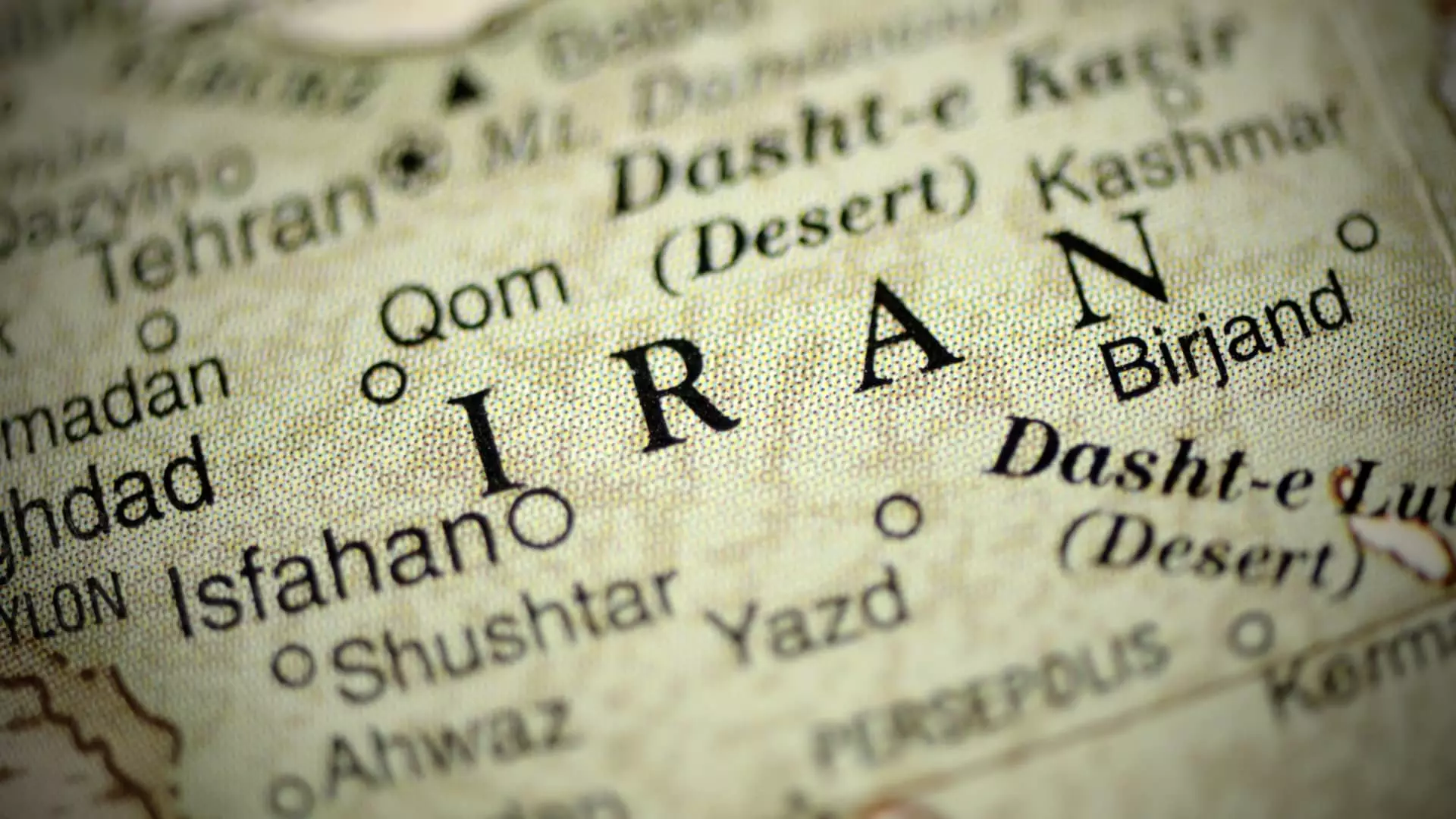In a region perpetually fraught with tension, the recent hostilities between Israel and Iran represent another chapter in a long-standing conflict marked by strategic maneuvering and military posturing. After Iran launched a missile barrage on October 1, allegedly in retaliation for Israel’s operations in Lebanon—including the targeting of influential figures like Hamas leader Ismail Haniyeh and Hezbollah’s Hassan Nasrallah—both nations have been on high alert. U.S. officials are closely monitoring the situation, believing that Israel has refined its target list, focusing primarily on Iranian military and energy infrastructure, while explicitly avoiding nuclear sites and assassinations.
Although Israeli officials have not publicized a definitive timeline or strategy for their counteraction, speculation abounds that Israel might act, particularly during significant cultural or religious moments such as Yom Kippur. This approach raises critical questions on the nature of tactical decisions in a volatile region. The reliance on timing suggests a possible consideration of the psychological impact of action on Iranian leadership. However, the lack of transparency in discussions between U.S. and Israeli officials creates an opaque atmosphere and raises concerns about the unpredictability of the situation.
The restraint shown by Israel, prioritizing military installations over potential nuclear sites, reflects an understanding of the delicate international balance at play. U.S. officials have urged their Israeli counterparts to maintain a proportional response, a plea underscored by the international community’s apprehension about further civilian suffering.
As the situation develops, the role of the United States as a key ally to Israel becomes complicated. The U.S. is prepared to safeguard its assets in the region but is hesitant to engage in direct military support for any Israeli operation. Secretary of Defense Lloyd Austin has engaged with Israeli Defense Minister Yoav Gallant, yet the details surrounding their discussions appear remarkably vague. This ambiguity underscores a cautious approach by the U.S. administration, reflecting not just operational concerns but also broader geopolitical implications, especially considering American asset safety.
President Biden’s recent conversations with Prime Minister Netanyahu emphasized the necessity to focus on humanitarian crises in Gaza and Lebanon. Biden’s message suggests a move towards diplomacy, a stark contrast to more aggressive military responses that have defined previous engagements in the region.
Central to the dialogue between the U.S. and Israeli leaders is the ongoing humanitarian crisis—factors that cannot be overlooked amid military calculations. President Biden’s insistence on considering humanitarian implications reminds both nations that warfare does not exist in a vacuum. The civil populations caught in the crossfire bear the brunt of military decisions, and escalating conflict could exacerbate already dire situations in Gaza and surrounding regions. The interplay between military objectives and humanitarian needs poses a formidable challenge for Israeli decision-makers, who now find themselves balancing strategic objectives against the moral imperatives that accompany warfare.
As both nations continue their preparations, a keener analysis reveals that the battle extending beyond mere military confrontation encapsulates broader issues of international diplomacy, humanitarian crises, and the potential destabilization of the region. The focus on military and energy infrastructure by Israel, combined with the strategic caution urged by U.S. officials, points to a moment of significant yet precarious decision-making. The pathway forward is fraught with challenges as Israel must consider not only the immediate impact of its actions but also the long-term ramifications of escalating conflict, underlined by U.S. calls for restraint in light of global concerns. The situation remains fluid, and the world watches closely as tensions mount in this historically volatile landscape.


Leave a Reply